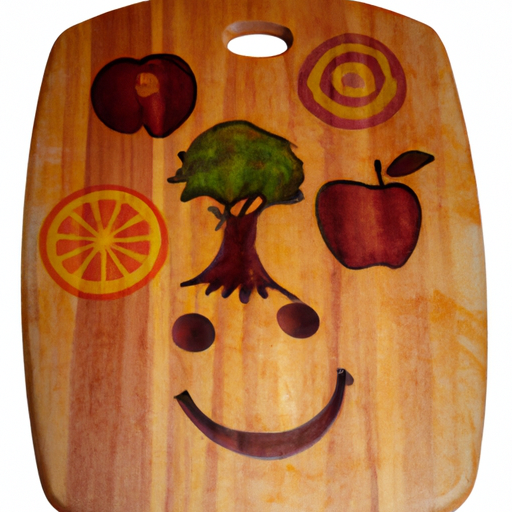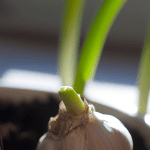Introduction
Cutting boards are essential tools in any kitchen, but they can be prone to cracking over time. If you’re tired of constantly replacing your cutting board, it’s time to learn how to prevent it from splitting. In this article, we will share some valuable tips and tricks to help you keep your cutting board in excellent condition for years to come.
1. Choose the Right Material
The material of your cutting board plays a crucial role in its durability. Opt for hardwoods like maple, walnut, or cherry, as they are known for their strength and resistance to cracking. Avoid using softwoods or plastic cutting boards, as they are more prone to splitting.
2. Season Your Cutting Board
Properly seasoning your cutting board is essential to prevent cracking. Apply a food-grade mineral oil or beeswax regularly to keep the wood moisturized and prevent it from drying out. This step helps to maintain the board’s integrity and prevent moisture absorption, which can lead to cracking.
3. Avoid Excessive Moisture
Exposing your cutting board to excessive moisture can cause it to swell and eventually crack. Always dry your cutting board thoroughly after washing it. Avoid soaking it in water or leaving it in a damp environment for an extended period. Additionally, never put your cutting board in the dishwasher, as the hot water and harsh detergents can damage the wood.
4. Use Cutting Board Oil
In addition to regular seasoning, using a cutting board oil can provide extra protection against cracking. Apply a thin layer of cutting board oil, specifically designed for wooden cutting boards, every few weeks. This oil helps to seal the wood and prevent moisture from penetrating, reducing the risk of cracking.
5. Avoid Extreme Temperatures
Extreme temperatures can cause your cutting board to expand or contract, leading to cracks. Avoid exposing it to direct sunlight, as the heat can cause the wood to warp and split. Additionally, never place a hot pan or pot directly on your cutting board, as the sudden temperature change can damage the wood.
6. Use Cutting Mats
To further protect your cutting board, consider using cutting mats for particularly heavy-duty tasks. These flexible mats provide an additional layer of protection, preventing deep cuts and reducing the stress on your cutting board. They are also easier to clean and replace if necessary.
7. Store Properly
When not in use, store your cutting board in a cool, dry place. Avoid stacking heavy objects on top of it, as this can cause unnecessary pressure and lead to cracking. If possible, store it upright to allow proper airflow and prevent moisture buildup.
Conclusion
By following these simple yet effective tips, you can extend the lifespan of your cutting board and prevent it from cracking. Remember to choose the right material, season and oil your cutting board regularly, avoid excessive moisture and extreme temperatures, use cutting mats when needed, and store it properly. With proper care and maintenance, your cutting board will remain a reliable kitchen companion for years to come.




